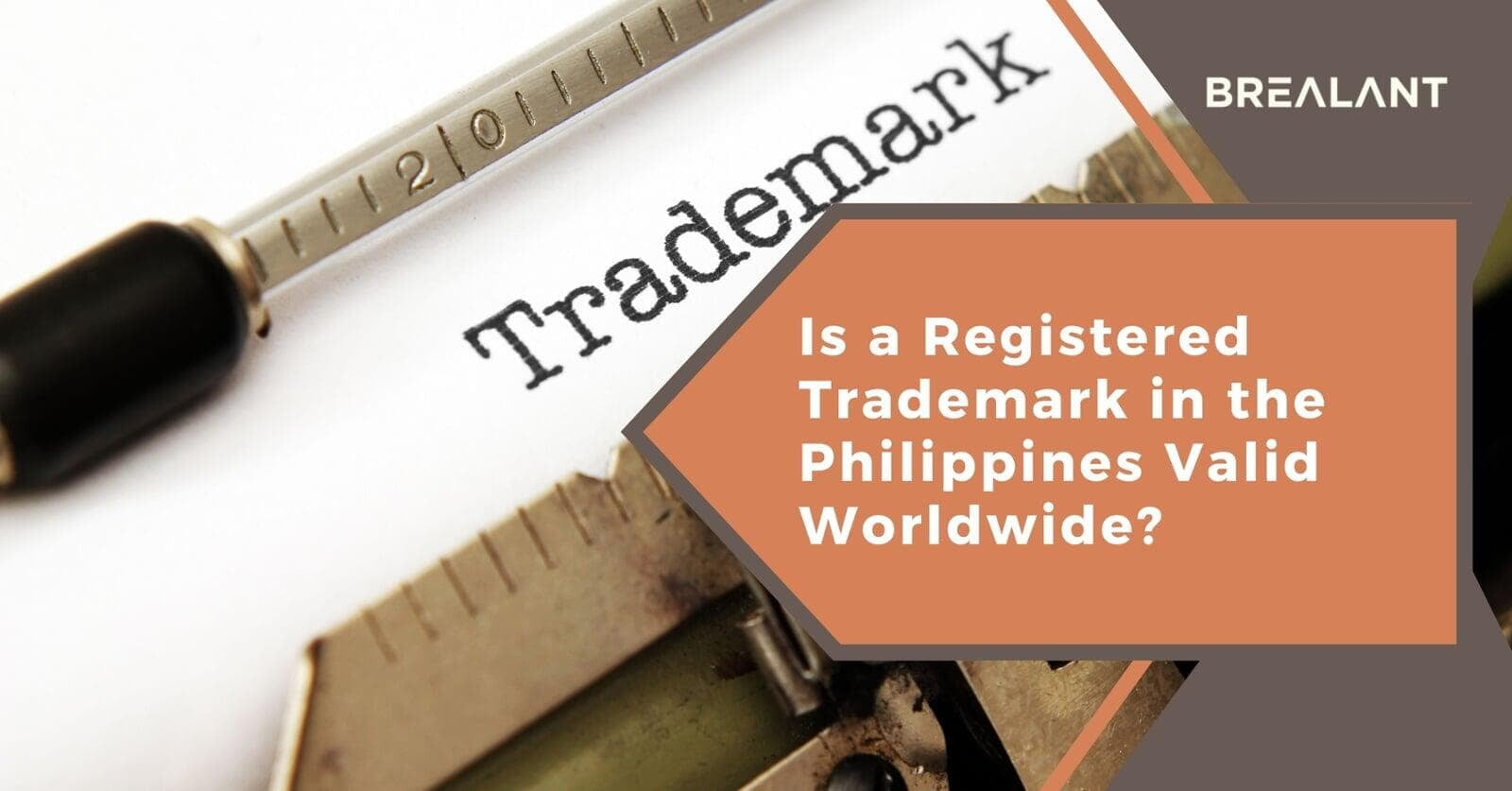
Consider that you are concerned about a registered trademark‘s legality outside the Philippines. In such a scenario, you must know that some Philippine licenses and trademarks are located on Philippine soil. Therefore, it is illegal to utilize the trademark anywhere else. Any form of logo, symbol, or trademark that highlights the distinctiveness of a business or an individual contribution is considered a trademark. It has a higher economic value since it offers any firm or business’s total brand image a fine channelizing. Suppose your business is a sole proprietorship, a sizable LLP, or even a public partnership. In that case, you should understand the function of a registered trademark and how it is recognized throughout the Philippine region.
If you’re unsure if a trademark that was filed in the Philippines is recognized globally or not, you need first to have a grasp of consumer behavior and intellectual property rights. The correct trademark enables the firm to expand significantly while maintaining superior brand exposure.
There are many advantages to registering a trademark in the Philippines, including providing a business with the highest level of legal protection and transferring full ownership of the trademark, brand, and company to an individual or the company’s members. Additionally, when a trademark is present, it is easier to determine whether a firm or brand is reliable.
However, these events may only take place within the Philippines, as any other country is not subject to the Philippine trademark’s legal validity. Imagine if the appropriate security measures do not protect the country’s trademark. In that situation, there may also be a legal infraction or a trust-related problem that might impede the expansion of the corporation or firm.
Philippine trademark registrations and understanding of the Madrid Protocol
It would help if you kept in mind that a registered trademark for your company in the Philippines is never valid in another domain or area. A trademark is assigned in this manner; as a result, it is not valid elsewhere. For trademark registration, each nation has its own procedures for document submission and verification. As a result, the laws vary from one nation and area to another. However, certain international initiatives, such as the Madrid Protocol, are renowned for helping to create a new system concerning trademark registration.
As a significant treaty, the Madrid Protocol enables a centralized system of registration awards across all the major member nations. The Madrid Protocol’s operation enables a unique global distribution of trademarks.
Another crucial factor in this trend is that in 2013, the Philippines fully agreed to join the international convention governing trademarks. Both the Madrid Protocol and Philippine legislation were in operation at the same time. Even on global platforms, it is always important to safeguard trademarks and other types of registration:
- Keep in mind that you must evaluate the market share protection if there is any export market. The business or brand has previously thought of several formal procedures and developed a solid reputation in several nations. In that situation, registering your trademark will undoubtedly be advantageous.
- When you have the proper trademark registration, you may also discover that your brand becomes more visible when you enter new markets. If the same brand can be registered as a trademark in another nation, doing so will allow you to communicate with exporters and offer more attractive incentives to potential business partners.
- You may submit an online application for Philippine trademark registration. The trademark registration office will then examine your paperwork to determine which types of products and services correspond to each category.
- The application for international trademark registration can be submitted to the Intellectual Property Organization after verification. You should thoroughly review your application, determine whether records contain references to your trademark, business, and other relevant information, and then check to see if it has been published in the WIPO Gazette of International Marks. Once this is done, you must attend to any changes and notifications sent by the IP office. They may also request clarification if there is a disagreement over the filing of documents or if any information is missing. Whenever necessary, a member country may be asked to provide information. According to the Madrid Protocol’s rules, you can also go to renew your registration after the ten-year period has passed.
You need to have the proper documentation before attempting any form of registration. Look up the class of goods you may continue to use under the trademark to discover the person or organization who will authorize the registration. The Madrid Protocol currently covers 124 or more nations. Before registering, find out what the registration period should be, what further documents are needed, etc. You might seek assistance from a specialist in trademark registration.
Conclusion
Since the Philippines is a separate area and the trademark registration is only recognized there, it is never valid in other nations. There is complete art to using the aims of the trademark in safeguarding the value of any business in the case of copyrights and other connected difficulties.

